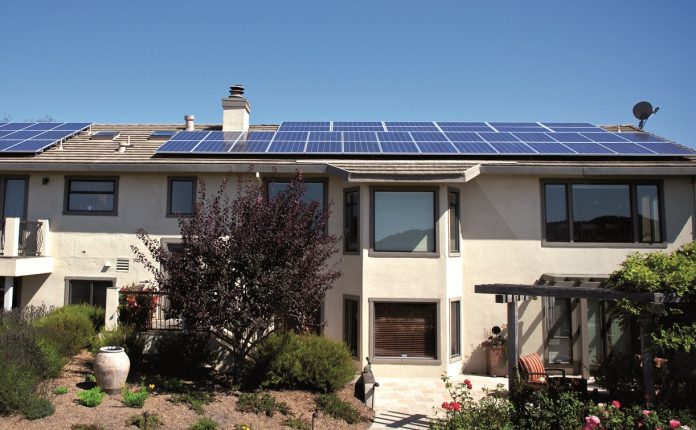The quoted price of residential solar in the US inched up in the second half of last year, most likely due to the effects of supply chain constraints and shortages, new research from marketplace provider EnergySage has revealed.
Median quoted solar prices increased over a six month period for the first time since EnergySage began tracking prices in 2014. They rose by 0.4% to US$2.68/W between the first and second half of 2021, according to the company’s latest Solar Marketplace Intel Report, which provides insight on pricing, equipment and consumer preference in the US residential solar and energy storage sectors.
For the third half-year in a row, Arizona saw the lowest median quoted solar costs at US$2.25, while in H2 Indiana overtook Colorado for the highest median cost at US$3.27/W.
More than half of solar installers that responded to an EnergySage survey reported that supply chain constraints have either slightly or significantly harmed their company’s year-over-year change in sales, while about two-thirds of installers indicated that availability of solar panels and residential batteries has either slightly or significantly decreased.
The findings tally with research published last week by the Solar Energy Industries Association (SEIA), which found that while a record 4.2GWdc of residential solar was installed in 2021, elevated component pricing and supply chain issues worsened throughout the year, with many industry players experiencing tight module and battery availability in Q4 and heading into 2022.
According to EnergySage, three panel brands – Panasonic, REC and LG Solar – dominated residential solar marketplace share in H1 2021, but each of their shares declined in H2, when Silfab Solar overtook LG Solar to tie with REC in second place.
In the second half of last year, six of the ten most frequently quoted solar panels on EnergySage were rated 360 – 370W, while panels above 400W accounted for 16% of all quotes, more than any other six-month period.
On the inverter front, Enphase maintained its growth on EnergySage’s marketplace with most of the market share, while SolarEdge lost some marketplace share, dropping from 32% in H1 2021 to 29% in H2 2021.
In terms of energy storage, financial savings overtook emergency backup power and resilience as the primary driver of storage interest in the second half of 2021, with 70% of all EnergySage solar shoppers requesting storage quotes when they register. For the year as a whole, 13% of residential solar systems installed through EnergySage included energy storage, up from 9% in 2020.
Nationwide, the installed cost of residential energy storage increased 5% between H1 and H2 2022 to US$1,289/kWh. The three most quoted battery brands – Enphase, LG Energy Solution and Tesla – accounted for 86% of all quotes submitted in the second half of the year.
Publication of the report comes a month after French electrical equipment group Schneider acquired a controlling stake in EnergySage, with the marketplace now looking to scale its operations globally.
US residential solar prices increase as supply chain constraints bite
Panasonic, REC and Silfab Solar were the panel brands with the highest market share in EnergySage’s report.
Source:PVTECH
ViaJules Scully






